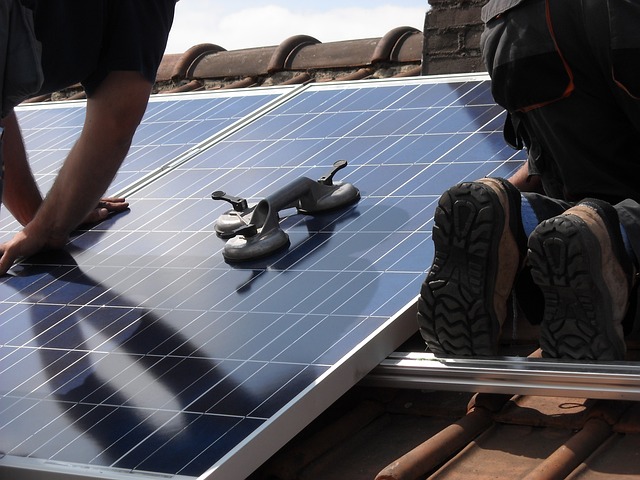
More home loan borrowers are exploring eco-friendly upgrades and options to combat the impacts of rising energy costs on their finances.
According to a study by Gateway Bank, the share of borrowers with awareness of green home loans has grown from 35% to 41% this year.
Further, nearly eight in 10 said they would consider installing at least one eco-friendly feature such as solar panels to qualify for a green home loan.
Meanwhile, over half said they would be willing to install a battery storage to get eligible for a green home loan.
Gateway Bank CEO Lexi Airey said the latest changes to the National Construction Code, which will take effect in May 2023, will see new homes be built to a 7-star NatHERS rating, automatically qualifying them for a green home loan.
“This means homes built from May onwards will have thermal efficiency features that help decrease its heating and cooling needs, resulting in big savings on energy bills and a more comfortable place to live,” she said.
When it comes to looking for green home loans, borrowers tend to go the DIY route. In fact, only one in five said they would seek assistance from a broker.
“This seems like a tremendous opportunity for mortgage brokers to include Green Home Loans in their offer and capture this growing market,” Ms Airey said.
Solar panels – a challenge for apartment owners
Installing solar panels seems to be the most popular option homeowners are willing to do to qualify for a green home loan but for apartment owners, the process is harder.
Smart Energy national sales manager Liam Navon said apartment owners face challenges arising from their strata, conflicting neighbours, and misinformation.
“The switch to solar hasn’t been straightforward for everyone —as the country starts to prioritise the transition to green energy, new avenues are available to increase solar uptake in different kinds of dwellings,” he said.
“There are many little known ways that apartment owners can enjoy clean energy, and in turn, reduce their electricity bills.”
In some cases, even with the support of other owners, solar panel installation might not be possible due to legal parameters, such as the building being too high, available space being not enough, and lack of funds.
Portable solar panels are an option — Mr Navon said these have become progressively cheaper and more efficient in recent years.
“They are now a convenient source of power for those on the go and are widely used for things like RVs and camping. Since portal solar panels can work anywhere with sun exposure, they are suitable for an apartment or rental home,” he said.
Another solution would be through a service such as Allume’s SolShare.
SolShare helps apartment owners establish a private infrastructure to distribute solar energy in multi-dwelling buildings.
The private infrastructure, then, directs power from a single solar panel system on the common roof to the participating units behind the metre.
Mr Navon said the service monitors when an apartment is using energy and directs solar power to it, reducing reliance on grid power.
“Gone are the days of solar being restricted to standalone dwellings. There are a series of options on offer for apartment dwellers, whether it be SolShare, solar gardens or portable solar packs that you can place on your verandah. The options are growing.” Mr Navon said.
-
Photo by Maria Godfrida on Pixabay.
Collections: green loan Mortgage News



Share